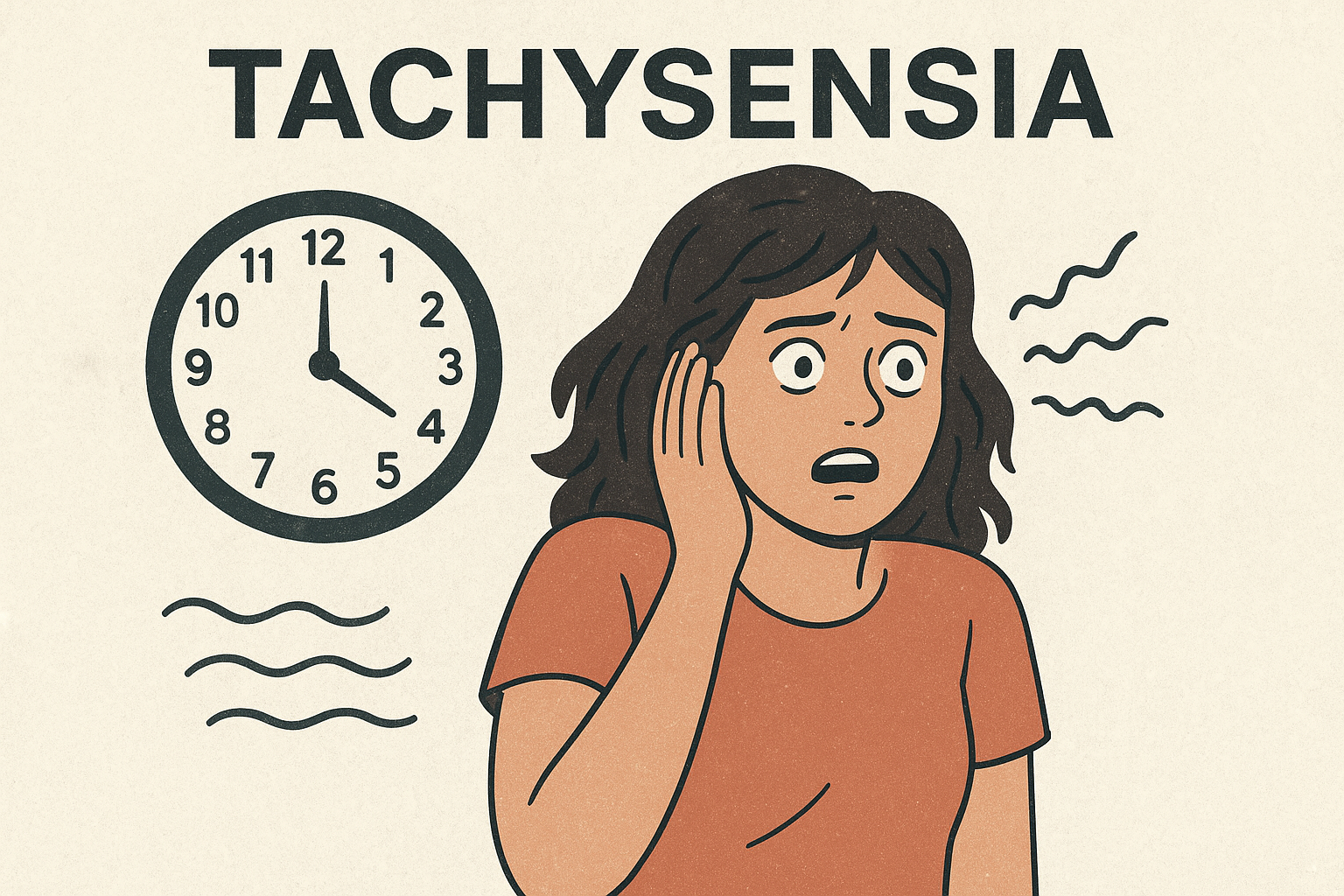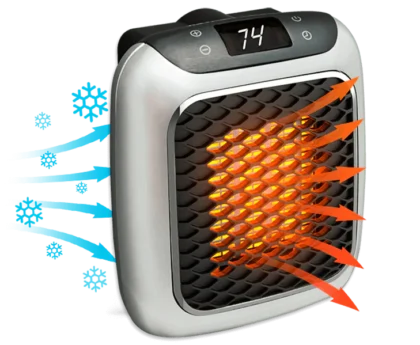Tachysensia is a perceptual phenomenon in which individuals experience the world as moving faster than usual. During an episode, time may seem accelerated, sounds become amplified or distorted, and a person’s own movements may feel slower in comparison. Although relatively understudied, tachysensia has gained attention through anecdotal reports and online communities. This article explores what tachysensia is, its potential causes, how it is experienced, and ways to manage its effects.
What is Tachysensia?
Tachysensia, often referred to as the “fast-feeling,” is characterized by brief episodes where the perception of time and sound becomes distorted. Common experiences include:
- Feeling as if everything around is moving rapidly.
- Experiencing amplified or high-pitched sounds.
- Feeling disconnected from one’s own body or movement.
Episodes usually last from a few minutes up to twenty minutes and may occur sporadically. While tachysensia is not widely recognized in formal medical literature, many individuals report its effects consistently, highlighting the need for greater awareness.
Causes and Associations
Neurological Factors
Tachysensia may be linked to neurological conditions such as migraines, temporal-lobe epilepsy, or Alice in Wonderland Syndrome (AIWS), which involves distortions in perception of size, distance, and sometimes time. Changes in sensory processing, such as heightened auditory or visual stimuli, may also contribute to episodes.
Psychological and Emotional Triggers
Stress, anxiety, sleep disturbances, or intense emotional states can trigger tachysensia episodes. Some individuals report onset during fever, illness, or periods of deep concentration, suggesting that physiological and emotional factors may interact to induce the phenomenon.
Sensory Environment
Certain sensory environments may exacerbate tachysensia, such as loud or distorted sounds, rapid visual stimuli, or intense focus on specific tasks. These factors can temporarily disrupt the brain’s interpretation of time and sound, producing the fast-feeling experience.
Experiencing Tachysensia
People with tachysensia describe a range of perceptual distortions:
- The perception of accelerated time, where seconds seem to pass more quickly.
- Amplified or distorted sounds make ordinary noise overwhelming.
- Feeling out of sync with one’s body or movements.
First-hand accounts describe the sensation as disorienting but not necessarily painful. Many report that remaining calm and grounding themselves during an episode helps mitigate discomfort.
Diagnosis and Research
Currently, tachysensia is primarily identified through self-reported experiences. Medical evaluation may involve:
- Detailed patient history regarding episodes and associated symptoms.
- Neurological examinations to rule out conditions like epilepsy or migraines.
- Imaging or EEG in cases where neurological causes are suspected.
Because tachysensia is under-researched, much of what is known comes from anecdotal accounts and online discussions rather than formal studies.
Managing Tachysensia
While there is no definitive cure, individuals can manage tachysensia by:
- Identifying and avoiding triggers, such as stress, sensory overload, or illness.
- Using grounding techniques and staying calm during episodes.
- Creating a safe environment with minimal auditory or visual stressors.
- Consult a neurologist if episodes are frequent or accompanied by other neurological symptoms.
- Maintaining regular sleep, hydration, and general health to reduce susceptibility.
Importance of Understanding Tachysensia
Tachysensia is significant because it illustrates how human perception of time and sound can be temporarily altered. For those experiencing it, the sensation can be alarming and affect daily life. Studying tachysensia may also provide insight into broader neurological and perceptual mechanisms, helping scientists understand how the brain processes time and sensory input.
Future Outlook
As awareness of tachysensia grows, future research may:
- Clarify the neurological and psychological mechanisms behind it.
- Determine effective management strategies or therapies.
- Increase recognition in the medical community, providing validation for those affected.
Online communities and anecdotal reports continue to play a crucial role in documenting experiences and raising awareness about tachysensia, allowing individuals to share coping strategies and insights.
Conclusion
Tachysensia is a fascinating perceptual phenomenon in which individuals experience the world as moving too fast and sound as distorted or amplified. Though under-researched, it highlights the complexity of human perception and how our sensory processing can temporarily shift. Awareness, coping strategies, and professional evaluation when necessary can help manage episodes and improve quality of life. By understanding tachysensia, both individuals and the scientific community gain insight into the dynamic nature of perception and the brain’s interpretation of time and sound.





